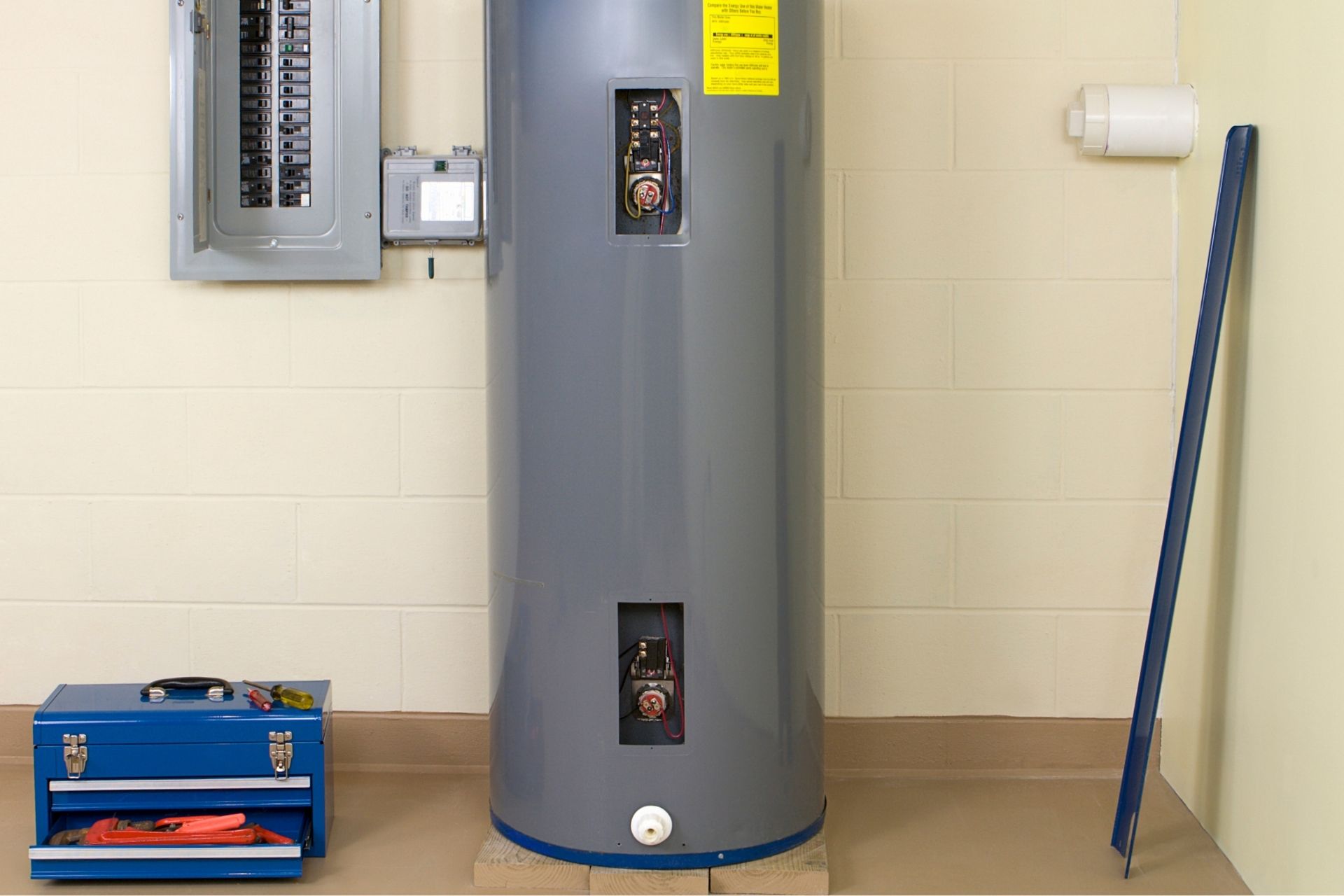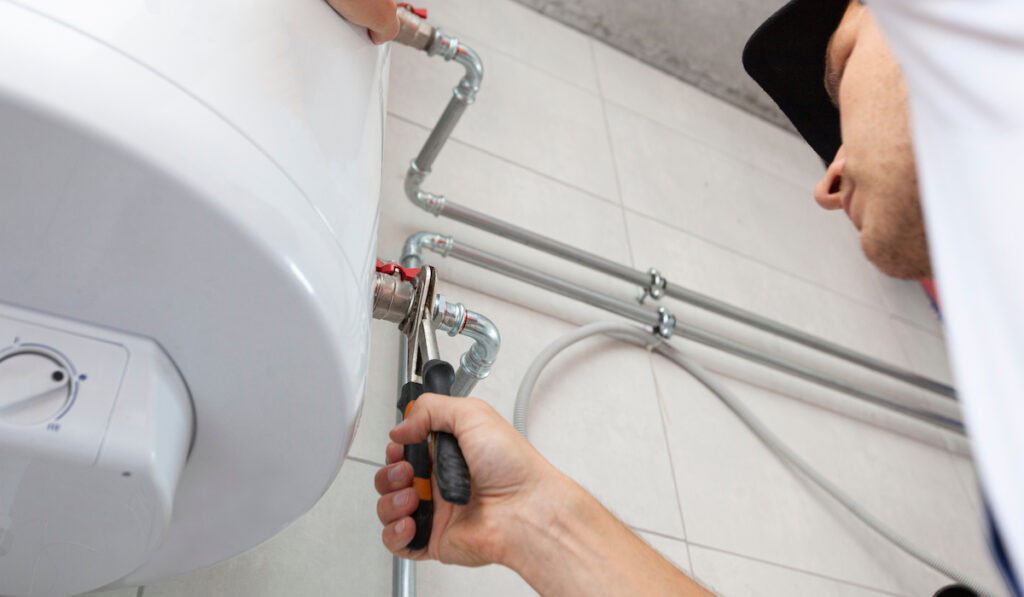Important Advice on Maintaining Your Home's Hot Water System
Important Advice on Maintaining Your Home's Hot Water System
Blog Article
The article author is making a few great pointers on What Kind of Maintenance Do Water Heaters Need? in general in this article down below.

Warm water is necessary for day-to-day convenience, whether it's for a rejuvenating shower or washing recipes. To ensure your warm water system runs efficiently and lasts longer, routine upkeep is essential. This post offers practical tips and understandings on exactly how to keep your home's hot water system to avoid interruptions and pricey repairs.
Intro
Preserving your home's warm water system could appear difficult, yet with a couple of simple actions, you can ensure it runs efficiently for years to find. This overview covers everything from comprehending your hot water system to DIY maintenance tips and recognizing when to hire expert help.
Value of Preserving Your Warm Water System
Routine upkeep not just extends the life expectancy of your warm water system yet additionally guarantees it runs successfully. Ignoring upkeep can bring about lowered performance, greater power costs, and also early failing of the system.
Signs Your Warm Water System Needs Maintenance
Recognizing when your warm water system needs attention can avoid major concerns. Look out for indications such as inconsistent water temperature level, weird noises from the heating system, or rusty water.
Understanding Your Hot Water System
Prior to diving right into maintenance tasks, it's useful to understand the basic elements of your hot water system. Commonly, this consists of the hot water heater itself, pipelines, anode poles, and temperature controls.
Monthly Upkeep Tasks
Normal regular monthly checks can assist catch minor problems before they rise.
Purging the Hot Water Heater
Purging your hot water heater gets rid of sediment buildup, improving efficiency and lengthening its life.
Monitoring and Replacing Anode Rods
Anode rods avoid corrosion inside the tank. Examining and changing them when broken is crucial.
Checking and Adjusting Temperature Level Settings
Readjusting the temperature level settings ensures optimal efficiency and safety and security.
DIY Tips for Maintenance
You can perform several maintenance jobs yourself to maintain your hot water system in leading condition.
Checking for Leakages
On a regular basis examine pipes and links for leakages, as these can bring about water damage and higher costs.
Checking Stress Alleviation Valves
Evaluating the stress safety valve guarantees it functions appropriately and protects against too much pressure buildup.
Insulating Pipelines
Insulating hot water pipes decreases warmth loss and can save power.
When to Call a Professional
While DIY maintenance is valuable, some problems need professional competence.
Facility Problems Requiring Professional Aid
Examples include significant leakages, electric problems, or if your water heater is consistently underperforming.
Regular Professional Maintenance Perks
Professional maintenance can consist of comprehensive assessments, tune-ups, and ensuring conformity with security criteria.
Conclusion
Regular upkeep of your home's warm water system is necessary for performance, durability, and cost financial savings. By following these suggestions and understanding when to look for specialist aid, you can guarantee a reputable supply of warm water without unexpected interruptions.
How to Maintain an Instant Hot Water Heater
Before tinkering with your hot water heater, make sure that it’s not powered on. You also have to turn off the main circuit breaker and shut off the main gas line to prevent accidents. Also turn off the water valves connected to your unit to prevent water from flowing into and out of the appliance. 2. When you’re done, you have to detach the purge valves’ caps. These look like the letter “T†and are situated on either side of the water valves. Doing so will release any pressure that has accumulated inside the valves while at the same time avoid hot water from shooting out and burning your skin. 3. When the purge valves’ caps are removed, you have to connect your hosing lines to the valves. Your unit should have come with three hoses but if it didn’t, you can purchase these things from any hardware or home repair shops. You can also get them from retail stores that sell water heating systems. Read the user’s manual and follow it to complete this task properly. When the hosing lines are connected, open the purge port’s valves. 4. You should never use harsh chemical cleaners or solutions when cleaning your unit. Make use of white vinegar instead. It should be undiluted and you’ll probably use about 2 gallons. 5. Now flush your water heater. This task should probably take about 40 minutes. We can’t give you specific directions for this because the procedure is carried out depending on the type, model and brand of your heater. With that being said, refer to the user’s manual. 6. When you’re done draining the unit, you have to turn off the purge port valves again. Remove the hosing lines that you earlier installed on each of the water valves. Put the valve caps (purge port) back in their respective places and be very careful so as not to damage the rubber discs that are found inside these caps. 7. Now that everything’s back in place, check your user’s manual again to find out how to reactivate your water heating system. 8. Once it is working, turn one of your hot water faucets on just to let air pass through the heater’s water supply pipes. Leave the tap on until water flows smoothly out of it. https://www.orrplumbing.com/blog/2014/september/how-to-maintain-an-instant-hot-water-heater/

As a passionate reader on Tips on Maintaining a Water Heater, I was thinking sharing that article was a good thing. Are you aware of somebody who is looking into Tips on Maintaining a Water Heater? Why not promote it. We recognize the value of reading our article about Water Heater Maintenance Tips You Can't Afford to Forget.
Click Here Report this page